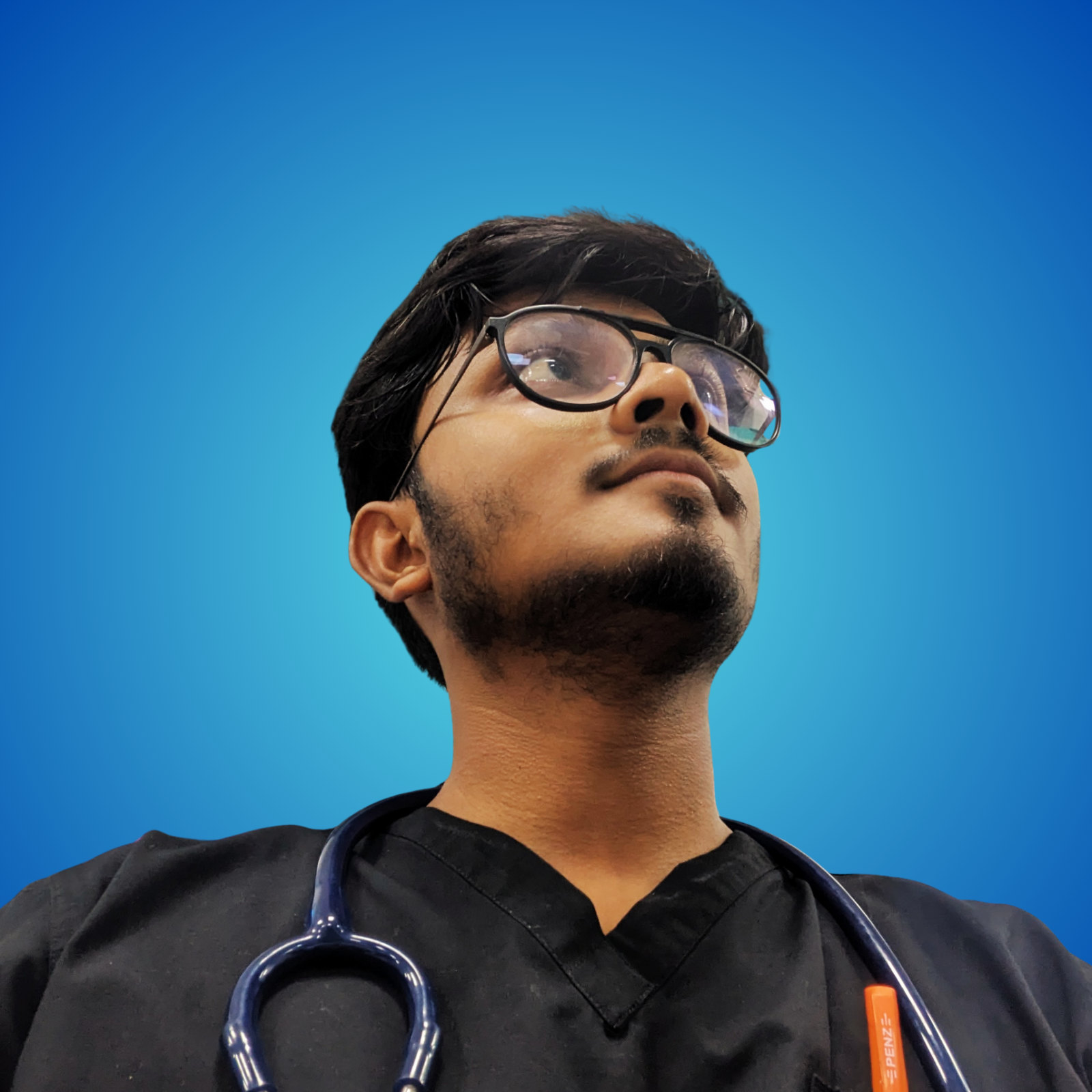Back
Tarun Suthar
•
The Institute of Chartered Accountants of India • 8m
Can an MD/CEO Be Removed from Their Position? 🤔 Scenario: Mr. Shyamlal registers a private limited company and includes a clause in the Articles of Association (AOA) that he will remain a director for lifetime. But later, he is warned that this might not protect him in the long run. What does the Companies Act, 2013 say? Even if a person is appointed as a director for lifetime, they can be removed by altering the AOA. And here’s how it works: ✅️ How to Amend the AOA? 1. Pass a Special Resolution 2. Requires approval of 75% of shareholders’ voting rights Once amended, any clause - including lifetime directorship - can be changed, and the person can be removed. Example: 4 founders: A, B, C & D Each holds 25% equity "A" is the Managing Director (MD) / CEO If B, C, and D come together (75% voting rights), they can amend the AOA and remove A from the position of MD. 💥What’s the solution if A wants to protect his position? Enter: The Entrenchment Clause 🚀 ✅️ What is Entrenchment? Entrenchment means adding special conditions to the AOA that make it more difficult to alter certain clauses (like removal of MD). Instead of 75%, the AOA can specify that 80%, 90%, or even 100% voting is needed to remove the MD. This becomes a protective barrier. ✅️ Why is this powerful? With an entrenchment clause: A can’t be removed unless all founders agree Acts as a safeguard unless there’s a major shift in shareholding Conclusion: In startups or closely held private companies, Articles of Association (AOA) play a huge role in determining control, protection, and removal of directors. Using entrenchment smartly helps maintain balance between power and protection. . . . If You are looking for Your Company Registration or any other Legal Compliances. we "sutharcompanies" and team of CA and CS are here to help you out. 🚀

Replies (20)
More like this
Recommendations from Medial
Himanshu Dodani
Start now what you j... • 6m
Kya Scen H Ajj Ka? Just Pick 3 Filters And Boom Your Perfect Hangout Spot For Today Is Ready! Cafe | Restaurant | Sports | Entertainment | Findouts1 ... 🚀We're LIVE in Raipur! Say hello to Discover Find Out - your ultimate food discovery platform
See MoreHimanshu Dodani
Start now what you j... • 6m
🚀We're LIVE in Raipur! Say hello to Discover Find Out - your ultimate food discovery platform 10 Finding the perfect place to eat just got smarter ✅️ Filter by cuisine, budget, ratings, or vibe ✅️ Uncover hidden gems tucked away in ✅️ Raipur's
See MoreTarun Suthar
•
The Institute of Chartered Accountants of India • 7m
Zudio: The Silent Billion-Dollar Disruptor ❌️ No ads. ❌️ No app. ❌️ No luxury branding. Yet, Zudio is winning the market- quietly but powerfully. Owned by Trent Ltd (a Tata Group company), Zudio has crossed: 📈 400+ stores (200+ incoming) 📈
See More
Tarun Suthar
CA Inter | CS Execut... • 5m
🚀 Startup Success = Problem × Insight × Speed 🎯 Why Most Founders Fail to Raise Capital (and How You Can Win) In early-stage startups, valuation is not a number, it's a narrative, shaped by the depth of the problem, the clarity of the insight, an
See More
Tarun Suthar
•
The Institute of Chartered Accountants of India • 7m
Looking to Buy, Sell, or Invest in a Business? Discover SMERGERS. 🚀🔥 SMERGERS is an online investment banking platform that connects small and medium-sized enterprises (SMEs), startups, and franchise brands with investors, buyers, lenders, and M&A
See MoreDr Bappa Dittya Saha
We're gonna extinct ... • 1y
OI trends! ⚠️ In the money put removed! Nifty strong above 22000. Deep In the money Call removed. 22500 still a strong resistance! Above it is strong support! 23k - 23.5k this is max nifty can go It's a sell on rise! And building position in under
See MoreSiddharth K Nair
Thatmoonemojiguy 🌝 • 4m
Asked ChatGPT: “What’s the best startup to build in India right now?” 🌚 And honestly idk if this makes sense or not ,maybe it does !! 🚛 Smart Kirana OS Built entirely on WhatsApp. Not an app. Not some full-fledged SaaS product. Just a clean What
See More
Download the medial app to read full posts, comements and news.






































